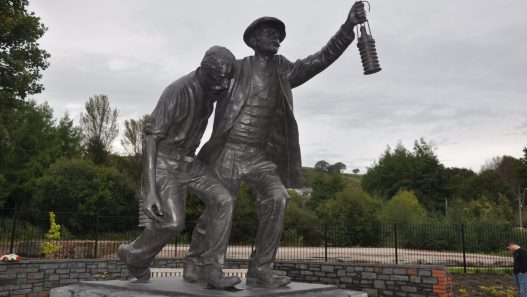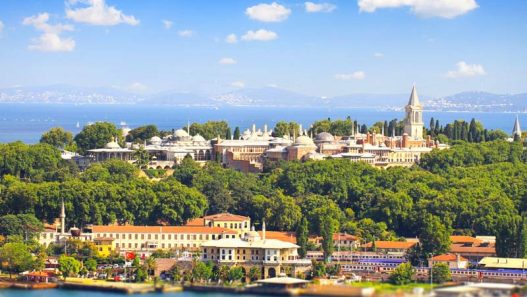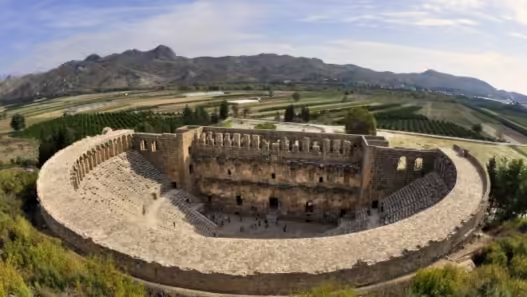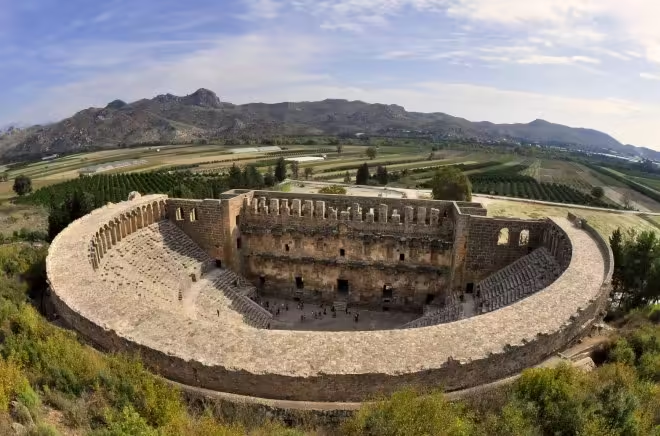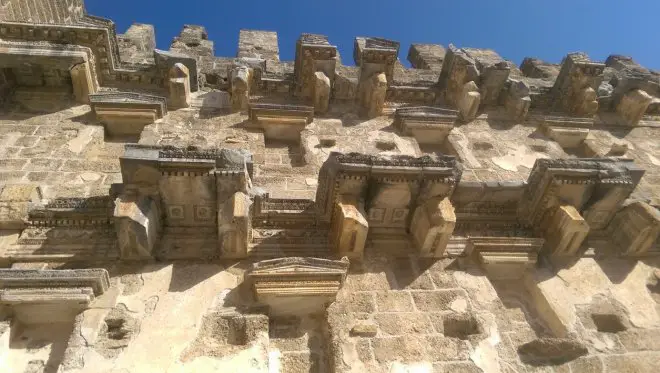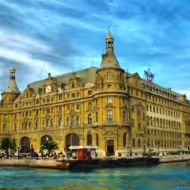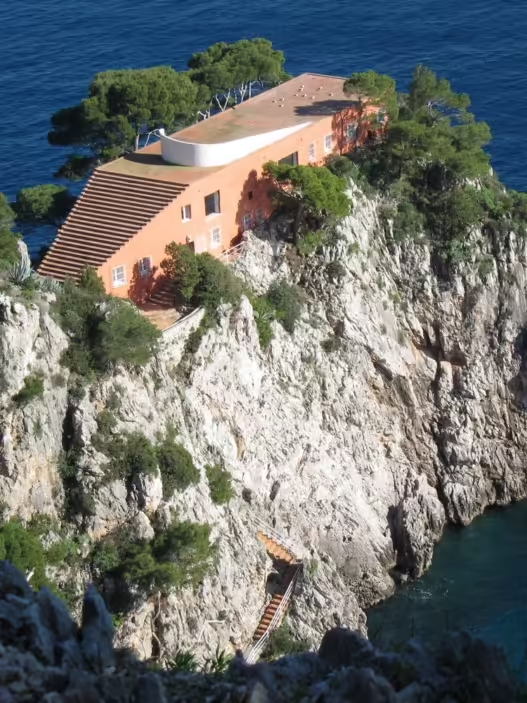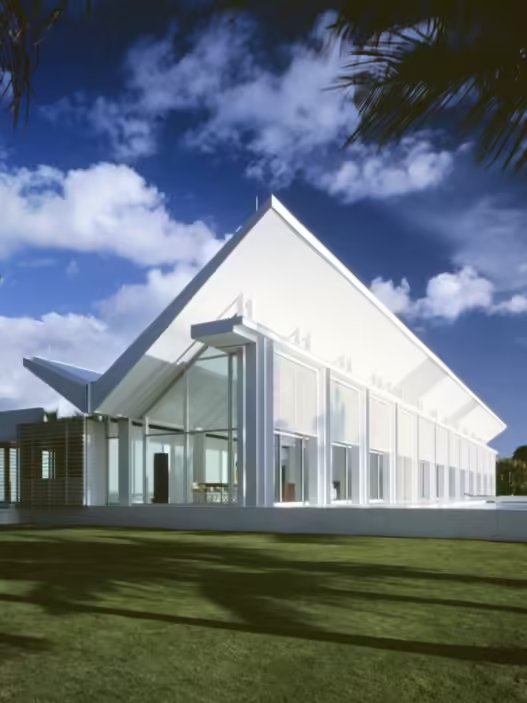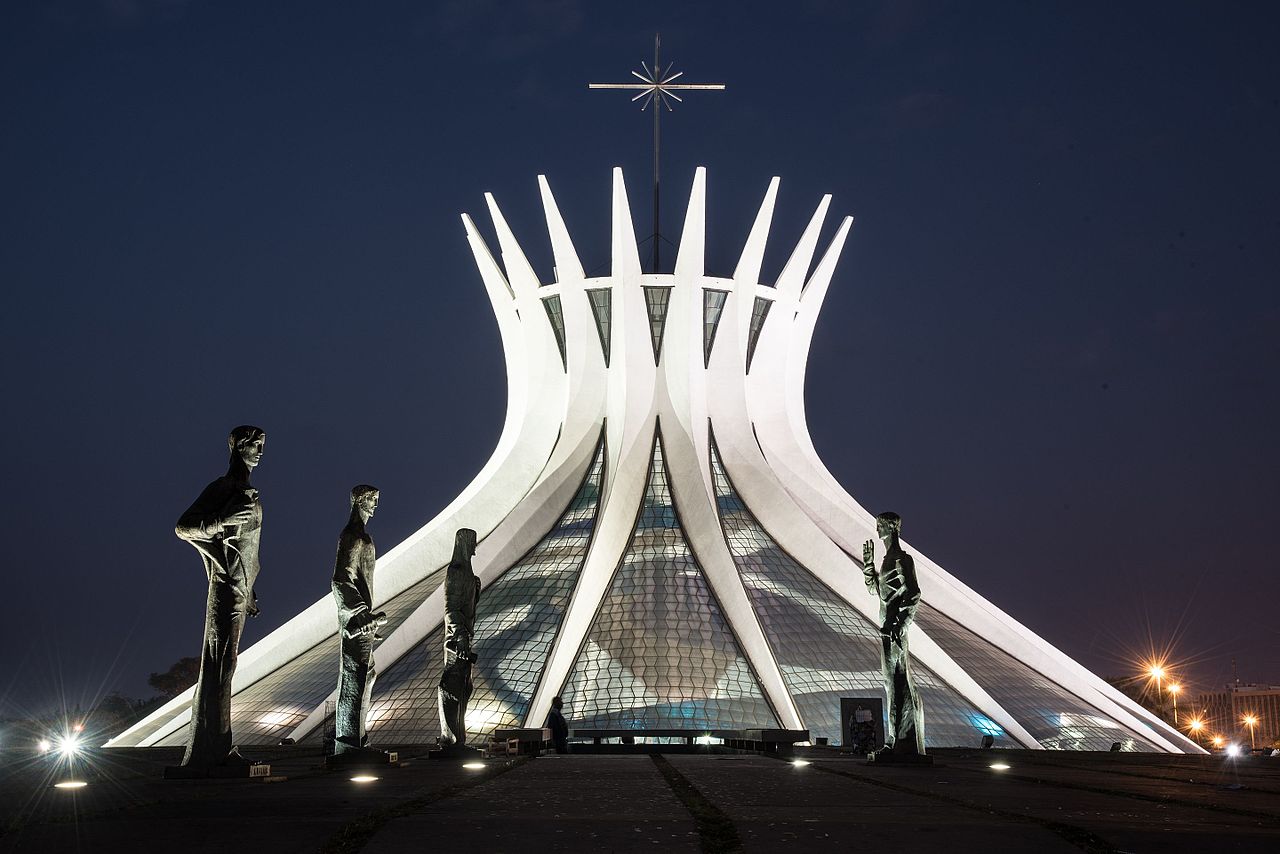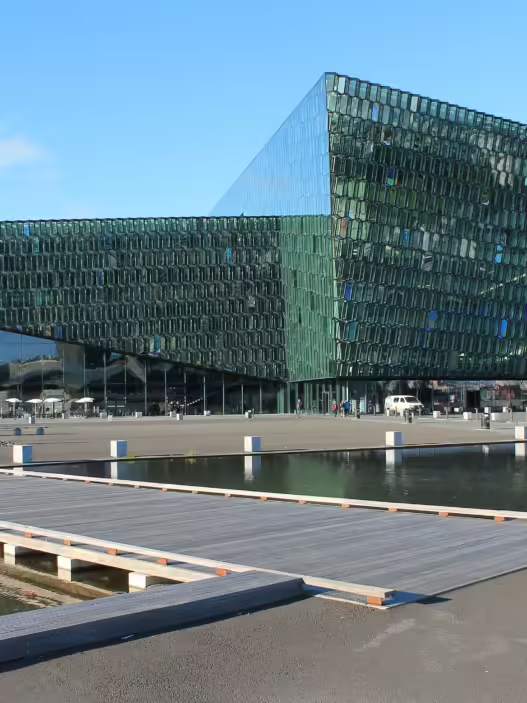The city and theater of Aspendos is located in the Serik district of Antalya. The history of Aspendos, an ancient city famous for its ancient theater, dates back to the 10th century BC, much earlier than the existence of the theater. The emergence of the theater is the artistic and historical struggle of two brothers fighting for the woman they loved.
- Aspendos is an ancient city located in the Serik district of Antalya.
- Founded in the 10th century BC, Aspendos has a rich history and cultural heritage.
- The Aspendos Theater, built by the Romans, is one of the most impressive structures of the ancient world.
- The theater attracts attention with its architectural excellence and cultural importance.
- Aspendos’ strategic location and geographical features made it a center of trade and transportation.
- The aqueduct and theater in the ancient period are among the important structures of Aspendos.
- The theater was designed by the local architect Zenon and was completed between 138-164 AD.
- Aspendos has a great historical and cultural significance.
- The economic development of the city is based on fertile lands and transportation advantage.
- Aspendos Theater was the center of social and cultural activities of the period.
- The theater was built in a size that reflected the respect for gods and emperors.
- Today, the ancient theater of Aspendos is a major tourist attraction.
- The historical buildings of the city reflect its architectural richness and life.
- Aspendos has been under the influence of different civilizations throughout history.
- The works of the Seljuk period have ensured that the theater has survived until today.
- Aspendos Theater is one of the most popular areas known for its theater and waterways.
- The history of the city dates back to 460 BC to the period of Alexander the Great’s rule.
- The ancient buildings of Aspendos reflect the cultural and historical values of the city.
- Aspendos was also visited by Mustafa Kemal Atatürk, who gave instructions for restoration work.
- The Aspendos Theater is considered a theatrical and symbolic landmark of Anatolia.
We have examined it for you.
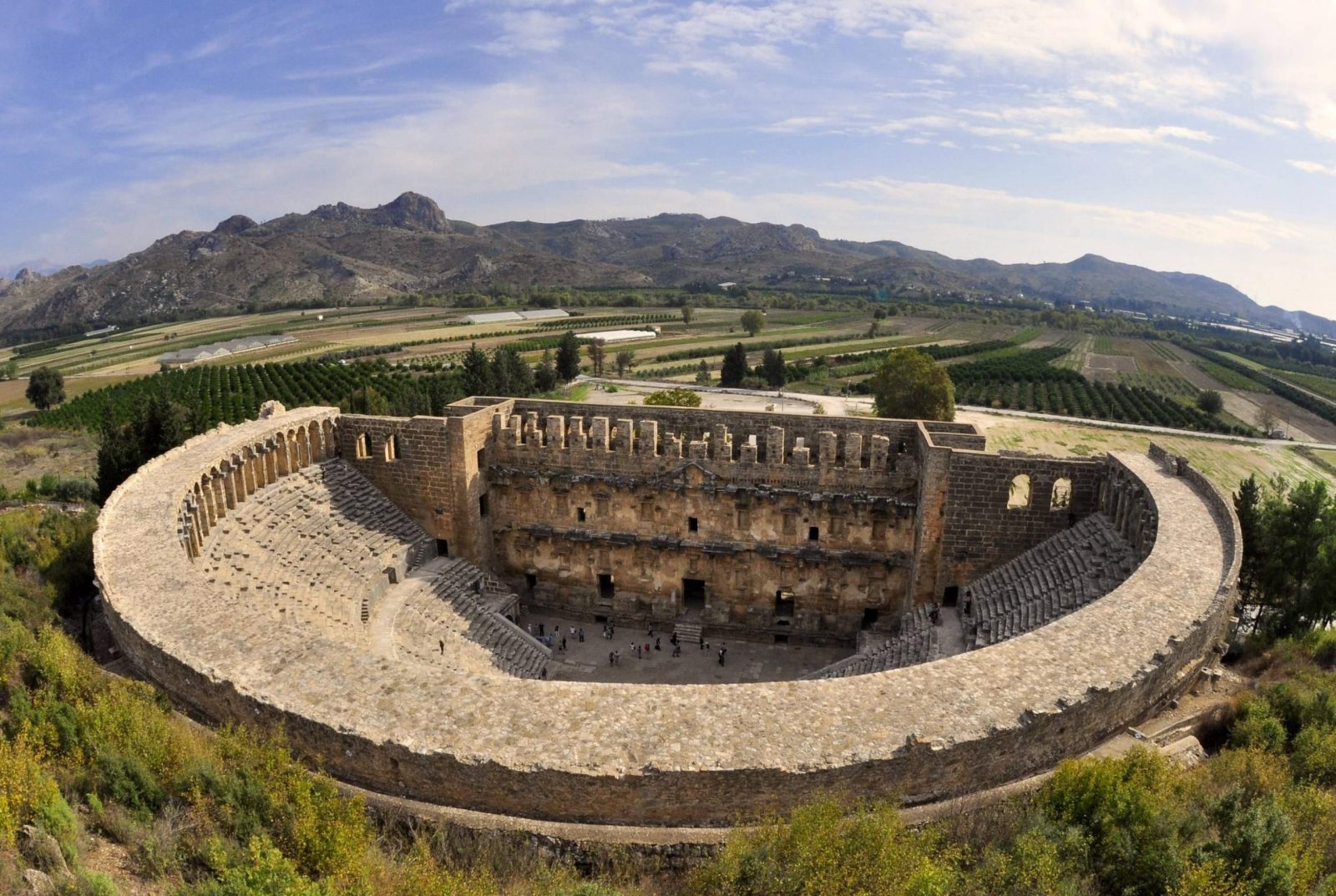
History of Aspendos Ancient Theater
Before Christ
Founded by the Achaeans in the 10th century BC, Aspendos is one of the most important ancient cities in the depths of history. During this ancient period, it shone as a shining city of wealth and cultural development. One of the city’s most impressive structures is the fascinating amphitheater, built by the Romans in the 2nd century AD. This magnificent theater has adorned the city landscape as a heritage bearing the traces of different civilizations over time.
The unique features of Aspendos are characterized by the fact that the city is built on two separate hills. This unique structure reflects the historical and geographical texture of the city and is a monument that carries the traces of the past to the present. Greek migrations to the region after 1200 BC enriched the cultural mosaic structure of the city; however, the name Aspendos is based on the indigenous Anatolian language origin that existed in these lands before. This provides us with deep clues to make sense of the city’s history and name.
In the 460s BC, Aspendos was under the rule of Alexander the Great. After Alexander’s death, the city came under the influence of the Ptolemaic dynasty. The political changes during this period shaped the role and development of Aspendos on the stage of history.
After Christ
In the period after Christ, the historical flow of Aspendos continued uninterruptedly. The Byzantine and Seljuk periods are the phases in which the life of the city continued. The monumental door and facade coverings on the exterior of the theater bear traces of the Seljuk period. The Seljuk State’s protectionist approach to the works of art has ensured that the stage building of the theater has survived to the present day. This stage building is an example of an impressive structure that carries the spirit of the time to the present day. Aspendos was visited by Mustafa Kemal Atatürk in 1930, who gave instructions for restoration work. This visit is an expression of the emphasis on the cultural and historical values of the city and forms the bridge between Aspendos’ past and future.
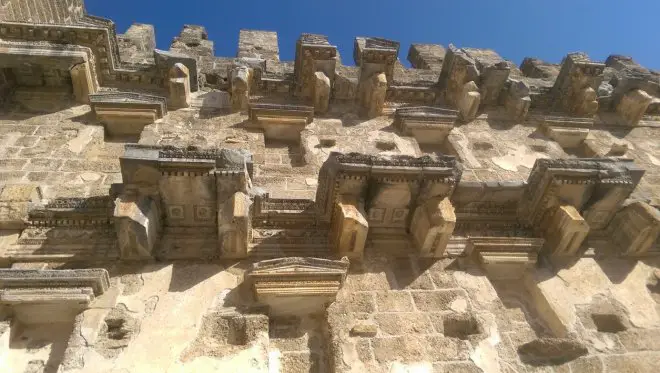
Importance of Aspendos
Aspendos stands out as an ancient city of great historical and cultural significance. The value of this city has emerged through a combination of several factors.
First of all, the strategic location and geographical features of Aspendos have made the city an important trade and transportation center throughout history. The city attracted the attention of different civilizations in every period due to its location on important trade routes and its connection to a port via the Köprüçay River. This strategic location made Aspendos a desirable target and made it one of the cities to be captured at various times.
The economic development and sustainability of Aspendos’ life depended on the fertile lands nearby and the transportation advantage provided by the Köprüçay River. This strengthened its connection with the Mediterranean and increased the vitality of trade. The city prospered and developed under the influence of these geographical factors.
Today, the most well-known and visited areas of Aspendos are the theater and waterways. The ancient theater of Aspendos attracts attention with its fascinating structure and is visited by many tourists. The waterways are among the structures that meet the water needs of the city and are seen as an example of water engineering in ancient times.
Other buildings in the city center of Aspendos are also of historical and cultural importance. Structures such as the agora, basilica, monumental fountain, assembly building, monumental arch, avenue and Hellenistic temple are examples that reflect the life of the city in the ancient period and show architectural richness. These buildings reflect the social and cultural life of Aspendos as well as its architectural skills.
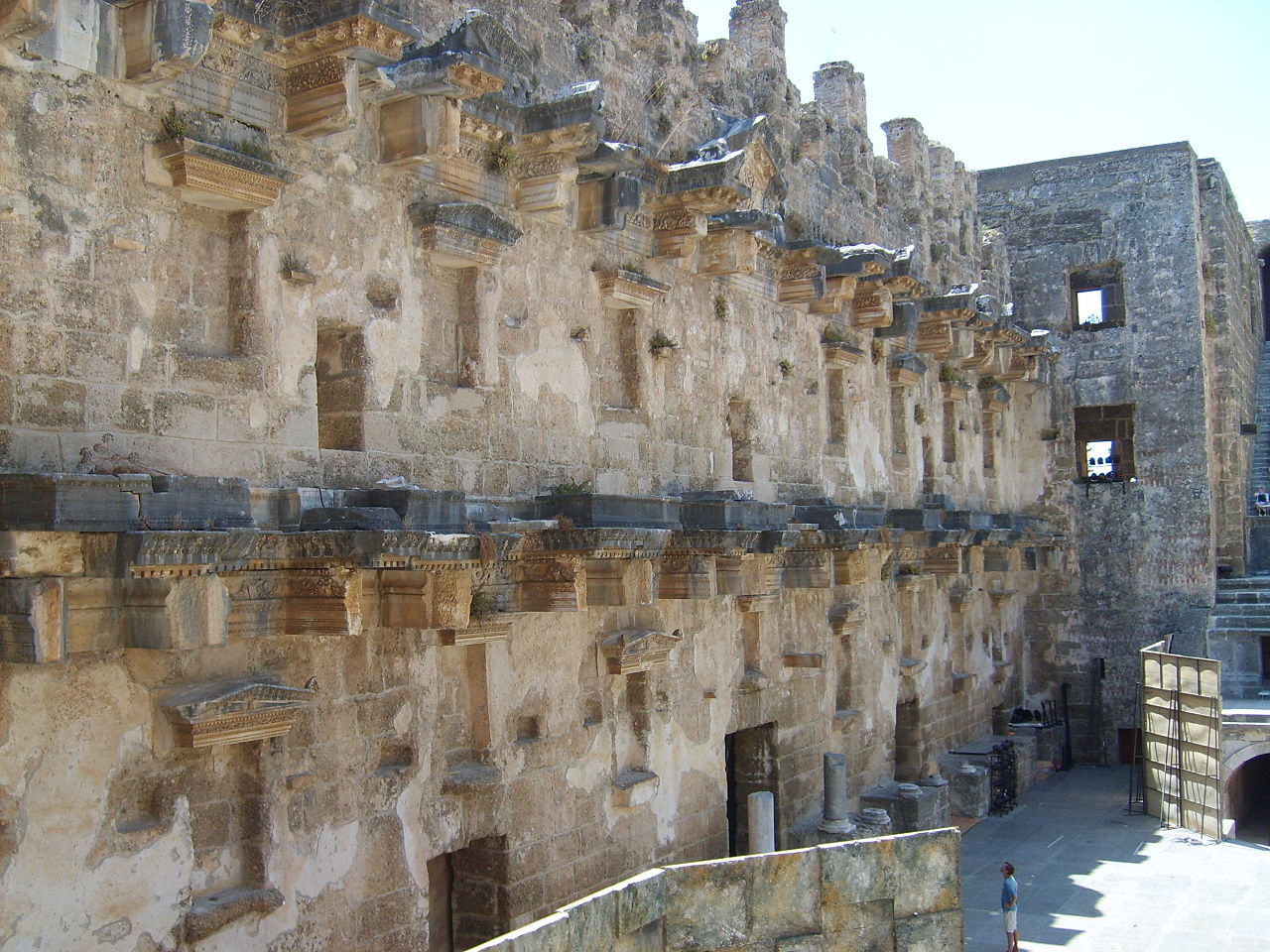
The Legend of the Ancient Theater of Aspendos
Once upon a time, the king of Aspendos had a very beautiful daughter. But his daughter could not decide on the person she would marry. So the king makes an announcement to the people: “Whoever does the most useful and beautiful thing for our people and our city, I will give my daughter to him.” Two important works are created in response to this situation. Both of these works were created by two twin brothers. One of these works is an aqueduct built miles away from the city as a result of an ingenious geometric calculation; the other is the world’s best acoustic theater, where the sound is heard even from the top of the orchestra when a coin is thrown on the floor.
After seeing the aqueducts, the king wants to give his daughter to the architect who built the aqueducts, but then when he enters the theater, Zenon wants to play a play for the king in the theater. While the king is walking on the upper steps of the theater, he hears a whisper saying “The king should give his daughter to me” and he is very impressed by the acoustics of the theater. Not knowing what to do, he cuts his daughter in half with a big sword and gives her to the two brothers.
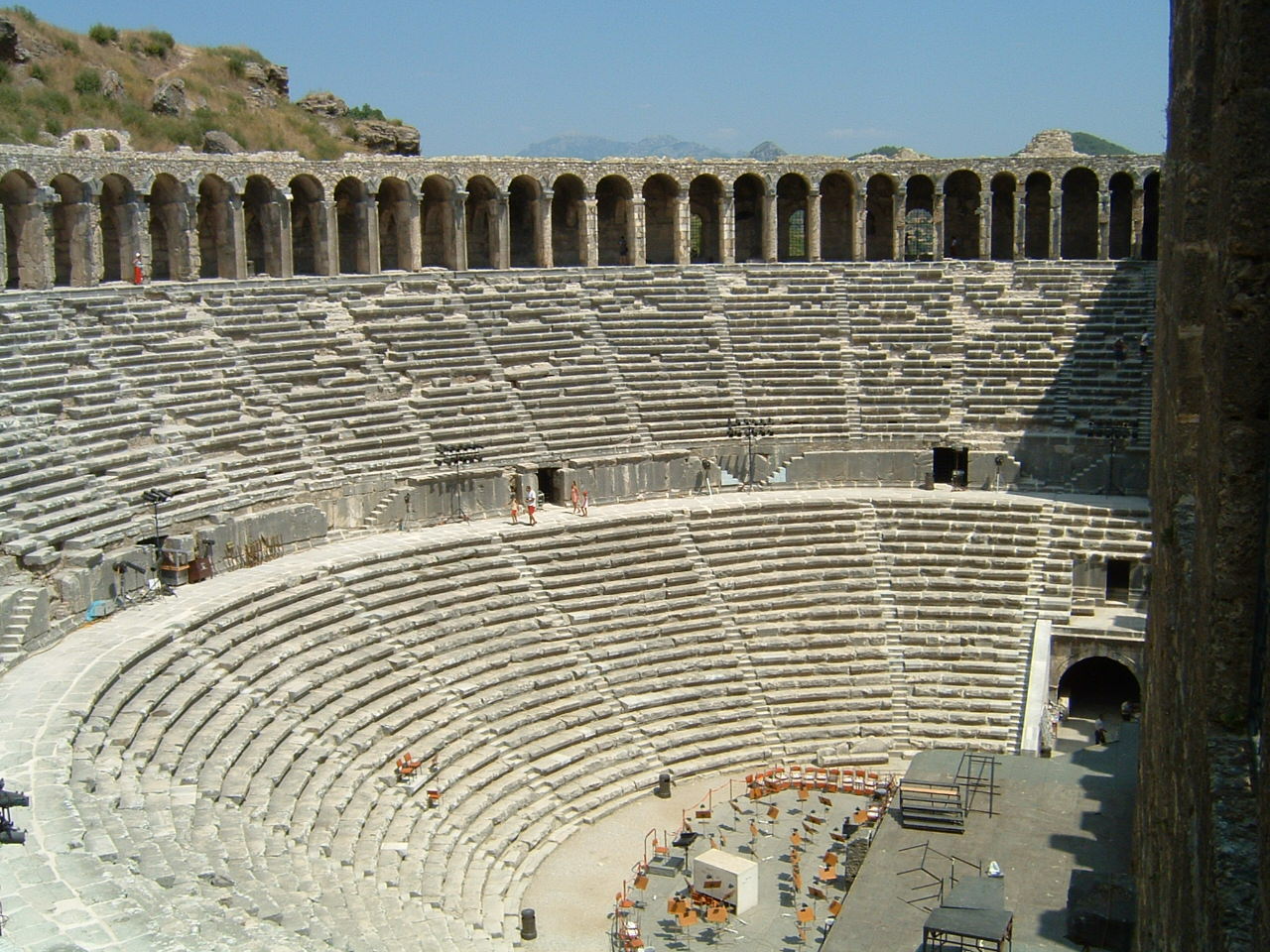
Aspendos Ancient Theater
The Aspendos Theater is considered one of the most impressive and fascinating theaters of the ancient world. The theater was designed by Zenon, a local architect of Aspendos. The construction of the theater, which started during the reign of Antonius Pius and was completed during the reign of Marcus Aurelius, dates back to 138-164 AD. With a capacity of 12 thousand people, the theater dazzles with its huge dimensions and an acoustic structure that is not only ahead of its time but also ahead of all times.
There are many features behind the fascinating structure of the Aspendos Theater. The theater stands out both for its architectural excellence and its cultural significance. This magnificent work was designed to be offered both to the local gods and to the emperor’s family. This shows that the theater was not only a place of entertainment, but also of social and religious significance.
The huge size of the theater and the purpose for which it was presented to the emperors is based on the worldview of the time. At the time, it was believed that humans were quite small compared to the gods and that the gods were attracted to large and majestic structures. Therefore, the enormous dimensions and eye-catching architecture of the Aspendos Theater reflect the feelings of respect and admiration for the gods. At the same time, the building of this structure was intended to show the power, wealth and cultural values of the people of Aspendos.
The theater was not only a stage but also the center of the social life and cultural activities of the ancient world. The size and acoustics of the theater stage ensured that the performances on the stage were perfectly transmitted to the audience. This shows that the theater is a structure that not only offers a visual experience, but also an acoustic feast.
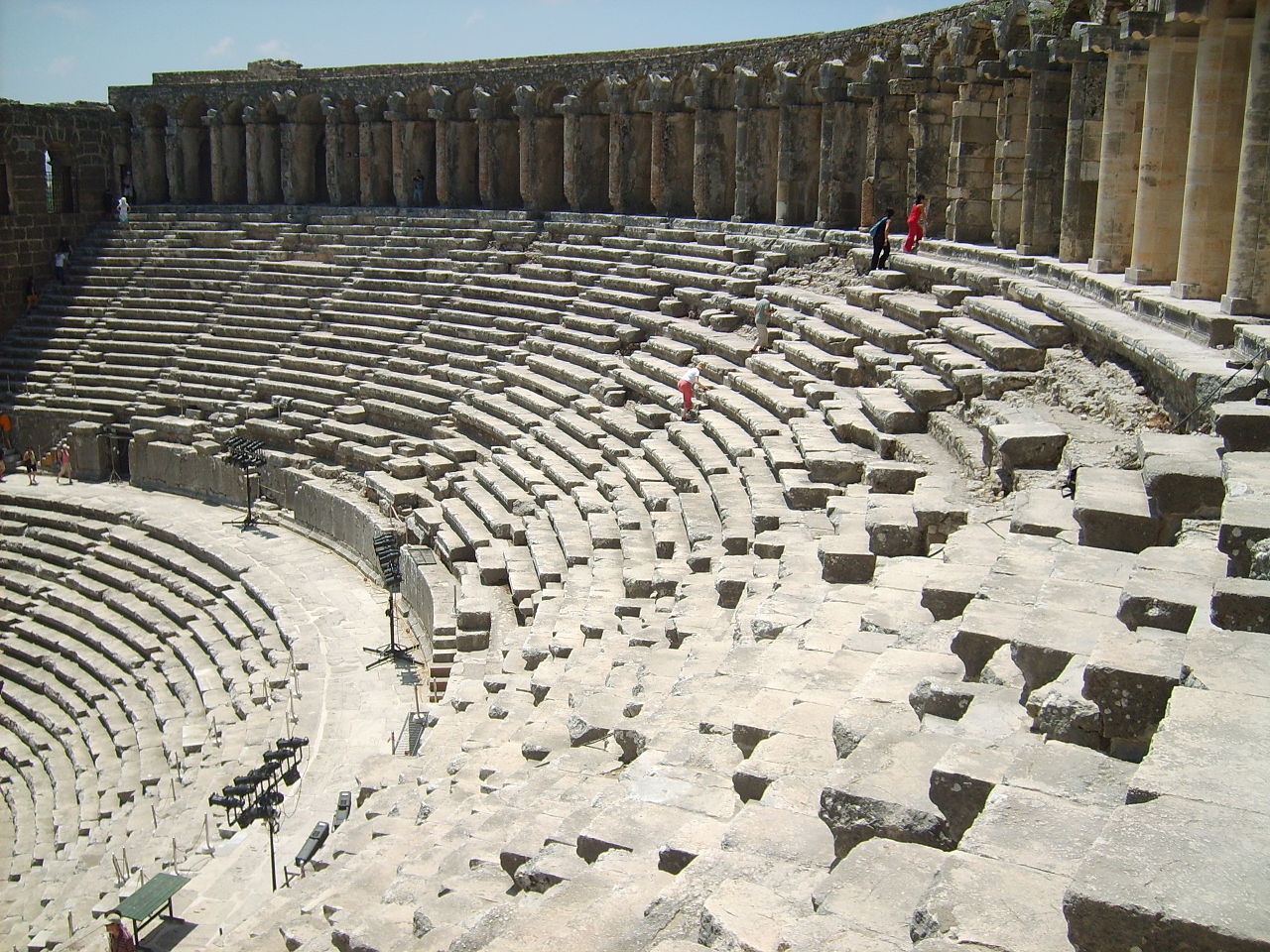
Frequently Asked Questions
1. Where is Aspendos located?
Aspendos is an ancient city located in Serik district of Antalya province in Turkey.
2. When did the history of Aspendos begin?
The history of Aspendos begins as a settlement founded in the 10th century BC.
3. What is the most important structure of Aspendos?
The most impressive structure of Aspendos is the Aspendos Theater, built by the Romans and one of the most fascinating theaters of the ancient world.
4. What are the architectural features of the Aspendos Theater?
The Aspendos Theater is an impressive example of Greco-Roman architecture. With a capacity of 12 thousand people, it attracts attention with its large dimensions and is known for its tremendous acoustic structure.
5. What is the economic importance of Aspendos?
Thanks to its strategic location and geographical features, Aspendos became a center of trade and transportation, which led to its economic development.
6. What are the historical periods of Aspendos?
The historical periods of Aspendos include the rule of Alexander the Great before Christ, the Roman period, the Byzantine period and the Seljuk period.
7. What are the tourist attractions of Aspendos?
The most well-known tourist attractions of Aspendos include the Aspendos Theater and the ancient waterways.
8. What is the cultural and historical importance of Aspendos?
Aspendos is of great historical and cultural importance. The historical buildings of the city reflect its architectural richness and life.
9. What is the current state of the Aspendos Theater?
The Aspendos Theater is still standing today as a major tourist attraction.
10. Who is the architect of Aspendos?
The architect of the Aspendos Theater was the local architect Zenon and the theater was completed between 138-164 AD.
My Thoughts About Aspendos Ancient Theater
This settlement, which dates back to the 10th century BC, has become universal with this theater. The theater, which was beyond those times and managed to become such an acoustic center, brought the culture and importance of this region to the level it should be.
What do you think about Aspendos as a cultural center? Do you think it is a theatrical and symbolic symbol of Anatolia? Does it lack anything? If you haven’t checked it out yet, you can also read our review of Radio City Music Hall here.
You can also share your thoughts with us and subscribe to our newsletter, which sends you our latest articles via e-mail.
Architect: Zenon
Architectural Style: Greek-Roman
Year: 10th century BC (settlement) 138-164 AD (theater)
Location: Antalya, Turkey







